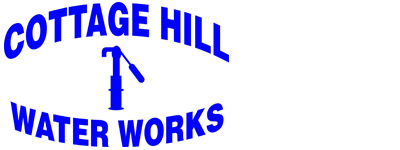Water pressure keeps pollutants from entering the pipes that bring drinking water to your house. When pressure is lost, which may occur during a water main break, contaminants can seep into the pipes, which could allow pathogens or germs into the water that can cause illness if ingested. So, a precautionary boil water notice (PBWN) is simply a public statement that water could be contaminated, but the water quality is unknown until tested. If any contamination is confirmed, then a Mandatory Boil Water Notice would follow.
Consumption that should be avoided includes brushing teeth, washing fruits and vegetables, and homemade ice. Tap water may be used for showering, baths, shaving and washing, so long as care is taken not to swallow water. Children, disabled individuals, or those with recent surgical woulds or immunosuppressed, may want to consider using cleansing wipes, bottled or boiled water for cleansing.
Residents located within an area specified in a PBWN are advised to boil water for one minute at a rolling boil, or use eight drops of regular unscented household bleach per gallon of water, for any water used for drinking or cooking purposes.
After the water system is repaired, and the pressure is restored, crews will flush the main lines. Residents in the area affected are advised that there is a possibility that water could be discolored due to the repairs made. It is recommended that members run an outside spigot of the home for several minutes to flush their own property lines.
The precautionary boil water notice will remain in effect for at least one, to several days, while multiple bacterial samples are taken and tested to ensure the safety of the water. In most cases, testing takes a minimum of 2 business days. The notice will be lifted (rescinded) only after testing confirms the water meets all regulatory standards. For further information from the CDC click HERE.

